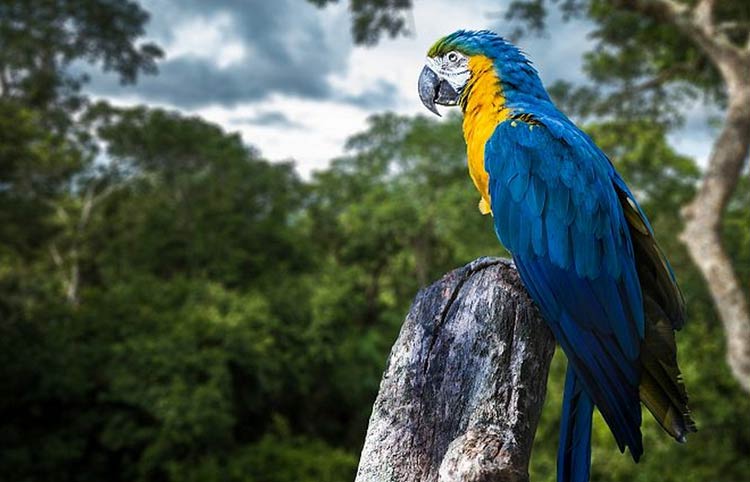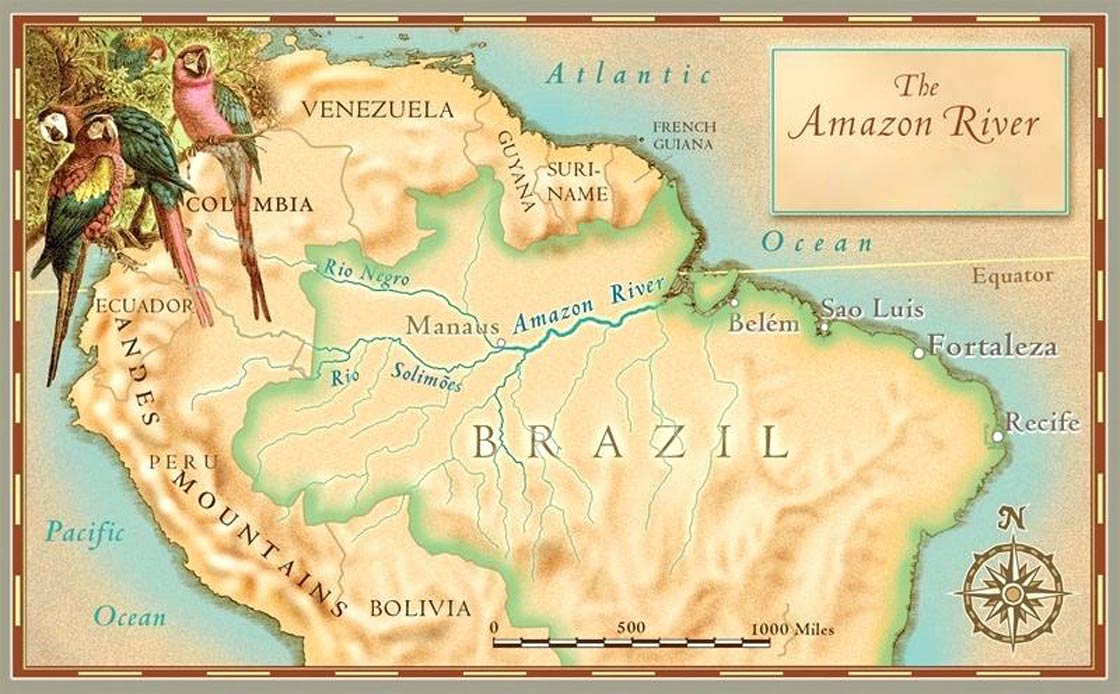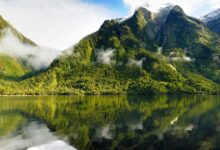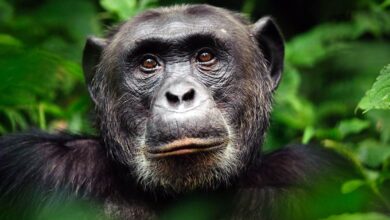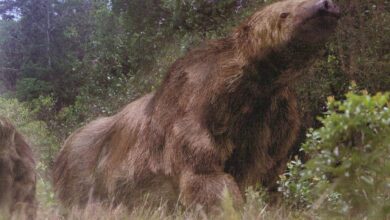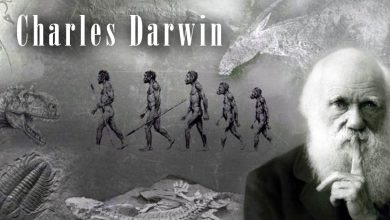The Amazon River – the history of discovering the world’s largest river
The discovery of the Amazon River and its basin is a complex and ongoing process, as different parts of the river and its tributaries have been explored and mapped by various explorers, settlers, and indigenous people over time. The first Europeans to set foot in the region were the Spanish, who arrived in the early 1500s. They were led by Francisco de Orellana, a Spanish explorer who set out on an expedition to find the legendary city of El Dorado. He and his men were the first Europeans to navigate the entire length of the Amazon River. They encountered many challenges, including hostile indigenous tribes, disease, and treacherous rapids.
In the following centuries, many other explorers and settlers, including the Portuguese, Dutch, and English, also ventured into the Amazon River basin in search of gold, silver, and other valuable resources. They also encountered many challenges, including disease, hostile indigenous tribes, and treacherous rapids.
However, despite the challenges, the exploration and mapping of the Amazon River and its basin continued, with many scientists, naturalists, and adventurers contributing to our understanding of the region. Today, the Amazon River and its basin are considered one of the most biodiverse places on Earth, and they continue to be an important area for conservation and research.
It’s important to note that, the indigenous people of the Amazon region have lived in the area for thousands of years and have their own understanding and knowledge of the river and its basin. They have played an important role in the discovery of the Amazon River and its basin, but their contributions have often been overlooked or undervalued in the historical narrative.
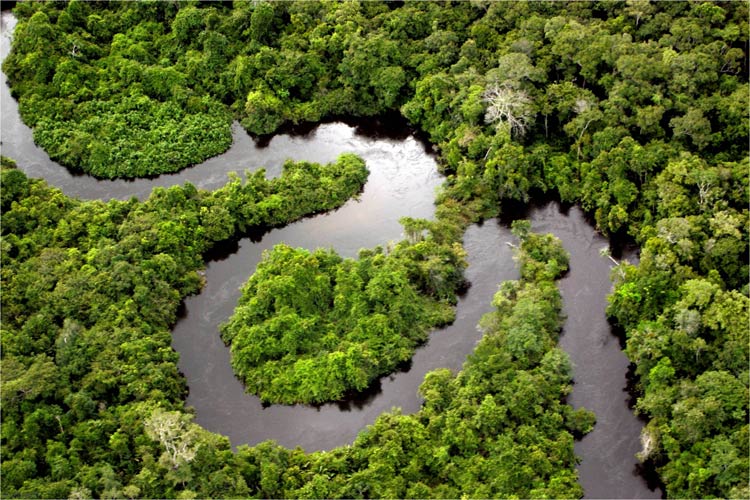
Pre-Columbian era
The pre-Columbian era refers to the period of time before the arrival of Europeans in the Americas. During this time, the Amazon River and its basin were home to many indigenous cultures, who had lived in the region for thousands of years.
These cultures developed complex societies, with their own languages, religions, and systems of governance. They also developed sophisticated agricultural systems, which allowed them to sustain large populations in the region. They also had a deep understanding of the local ecosystem, which they used to their advantage for hunting, fishing, and trading.
Many indigenous communities in the Amazon region were based on the river, where they built large settlements, engaged in trade and fishing, and built complex systems of transportation using canoes and rafts. These communities also developed complex systems of governance and religious beliefs that were closely linked to the natural environment.
The indigenous people of the Amazon had a deep understanding of the local flora and fauna, and they used it for medicinal purposes, as food, and as raw material for their art and technology. They also had a deep understanding of the hydrological cycles of the river, which they used to predict floods and droughts, and they also had knowledge of the navigational routes of the river.
The arrival of Europeans in the region in the 16th century brought significant changes to the lives of the indigenous people of the Amazon, leading to the loss of their lands, culture, and lives.
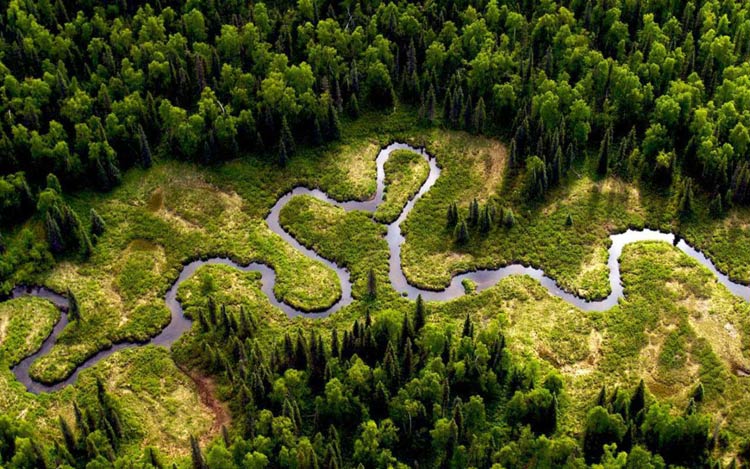
Arrival of Europeans
Vicente Yáñez Pinzón
Vicente Yáñez Pinzón was a Spanish navigator and explorer who is credited as being one of the first Europeans to set foot in the Amazon River basin. He and his brothers, Martín and Francisco, set sail from Spain in 1499, on an expedition sponsored by King Ferdinand and Queen Isabella. They reached the mouth of the Amazon River in 1500, and went up the river for about 200 miles, becoming the first Europeans to navigate the Amazon River.
Francisco de Orellana
Francisco de Orellana was a Spanish explorer who is best known for being the first European to navigate the entire length of the Amazon River. He set out on an expedition in 1541, in search of the legendary city of El Dorado. He and his men encountered many challenges, including hostile indigenous tribes, disease, and treacherous rapids, but they eventually reached the Atlantic Ocean, becoming the first Europeans to navigate the entire length of the Amazon River.
Lope de Aguirre
Lope de Aguirre was a Spanish conquistador and explorer who is best known for his expedition down the Amazon River in 1561. He and his men set out from Peru in search of gold and other riches, but their expedition quickly turned into a disaster. Aguirre became increasingly ruthless and paranoid, and he eventually declared himself king of the Amazon. He and his men were eventually captured and executed by the Spanish authorities.
It’s important to note that these explorers were not the first to have contact with the indigenous communities along the river, they were preceded by pre-columbian cultures that had lived in the region for thousands of years and had their own understanding and knowledge of the river and its basin.
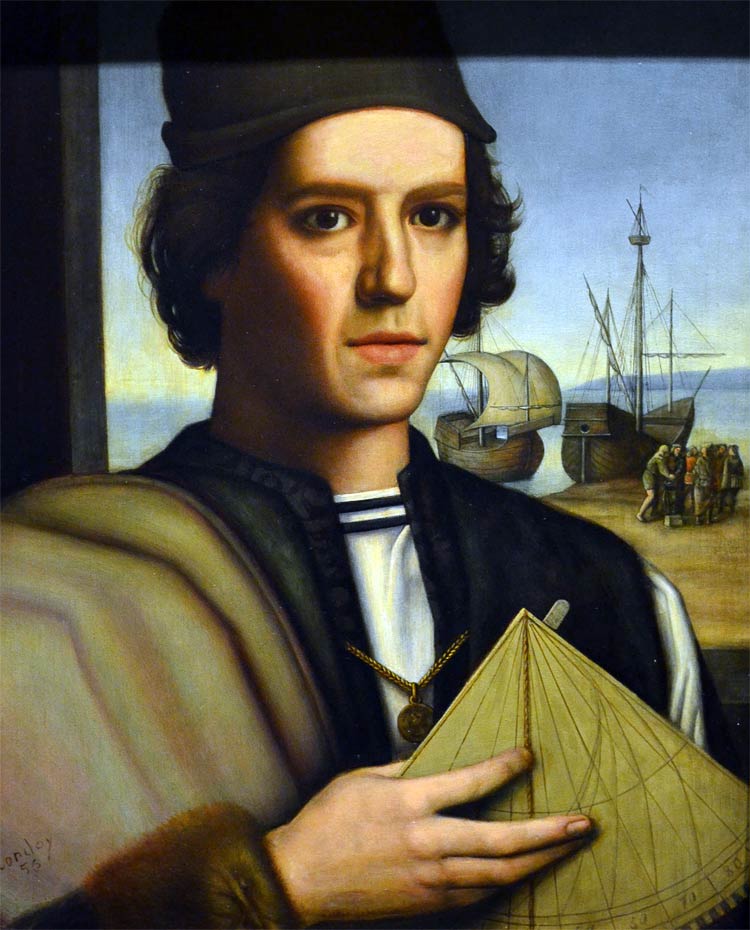
Expeditions of Portuguese explorers
The Portuguese were also interested in exploring the Amazon River and its basin, due to its potential for trade and colonization. Some notable expeditions by Portuguese explorers include:
Pedro Teixeira
He led an expedition up the Amazon River in 1637, during which he explored much of the river and its tributaries, and made contact with many indigenous communities. He also established a number of settlements along the river, including the city of Belém, which is now the capital of the state of Pará in Brazil.
Francisco de Paula Montaño
He led an expedition up the Amazon River in 1744, during which he explored much of the river and its tributaries, and made contact with many indigenous communities. He also established a number of settlements along the river, including the city of Manaus, which is now the capital of the state of Amazonas in Brazil.
Manuel Pessoa
He led an expedition up the Amazon River in 1755, during which he explored much of the river and its tributaries, and made contact with many indigenous communities. He also established a number of settlements along the river, including the city of Santarém, which is now a major port city in the state of Pará in Brazil.
The Portuguese expeditions to the Amazon, like the Spanish ones, were driven by the search for gold, silver, and other valuable resources, as well as the expansion of the Portuguese Empire. They also brought significant changes to the lives of the indigenous people of the Amazon, leading to the loss of their lands, culture, and lives.

Discoveries in the 17th century
The 17th century was a significant period of exploration and discovery in the Amazon River and its basin. Many explorers and settlers, including both the Portuguese and the Dutch, ventured into the region in search of gold, silver, and other valuable resources, as well as to expand their empires.
Some notable discoveries and events that took place in the 17th century in the Amazon include:
The establishment of the city of Belém
In 1616, the Portuguese established the city of Belém, which is now the capital of the state of Pará in Brazil. This city became an important center of trade and commerce in the region and played a key role in the colonization of the Amazon.
The establishment of the city of Manaus
In 1669, the Portuguese established the city of Manaus, which is now the capital of the state of Amazonas in Brazil. This city became an important center of trade and commerce in the region and played a key role in the colonization of the Amazon.
The establishment of the city of Santarém
In 1661, the Portuguese established the city of Santarém, which is now a major port city in the state of Pará in Brazil. This city became an important center of trade and commerce in the region and played a key role in the colonization of the Amazon.
The expansion of the Dutch in the region
In the 17th century, the Dutch established settlements and trading posts along the Amazon River and its tributaries, including the city of Paramaribo, which is now the capital of Suriname.
The arrival of the Jesuits in the region
In the 17th century, the Jesuits arrived in the Amazon region and established missions among the indigenous people. They played an important role in the evangelization of the region, but their presence also had a significant impact on the lives and cultures of the indigenous people, leading to the loss of traditional customs and practices.
The rubber boom
The rubber boom of the 19th century, which began in the late 1700s, brought a significant economic change to the region. Rubber trees, which were abundant in the Amazon rainforest, were in high demand for the production of rubber products. This led to the exploitation of the region’s resources and the displacement of indigenous communities.
The mapping of the region
Many explorers, cartographers, and scientists, including some sponsored by the Portuguese and the Dutch governments, contributed to the mapping of the region. They also collected scientific data, such as the flora and fauna of the region, which contributed to the understanding of the Amazon’s biodiversity.
The 17th century was a significant period of exploration and discovery in the Amazon River and its basin, with many important events and developments taking place in the region. However, it’s important to note that these discoveries and developments brought significant changes to the lives of the indigenous people, leading to the loss of their lands, culture, and lives.
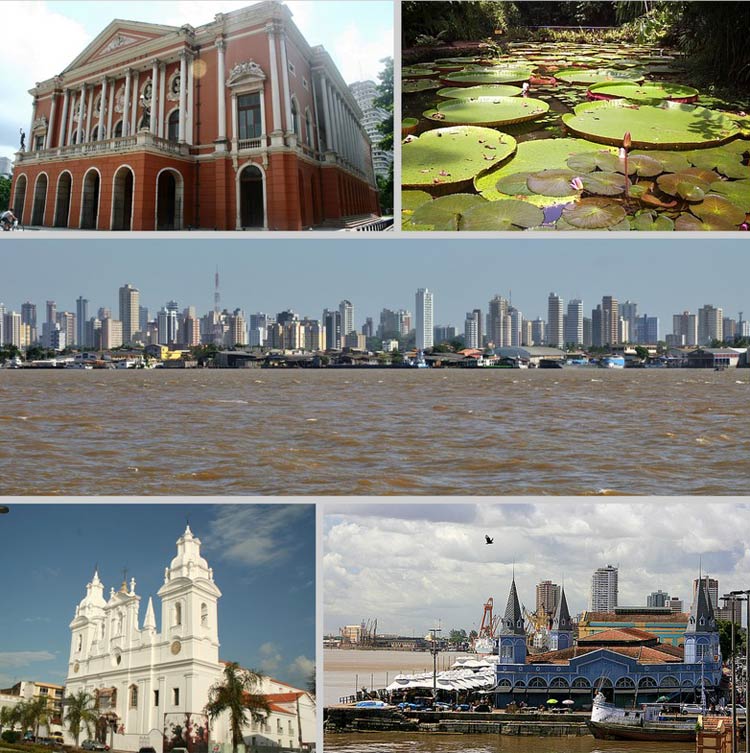
Discoveries in the 18th and 19th centuries
The 18th and 19th centuries were also significant periods of exploration and discovery in the Amazon River and its basin. The region continued to be of interest to European powers, particularly the Portuguese, Spanish and the French, who sought to expand their empires and exploit the region’s resources.
Some notable discoveries and events that took place in the 18th and 19th centuries in the Amazon include:
The French scientific expedition led by Charles Marie de La Condamine
In the 18th century, the French Academy of Sciences sponsored an expedition led by Charles Marie de La Condamine to measure the earth’s circumference. The expedition traveled up the Amazon River and its tributaries and collected scientific data on the region’s flora, fauna, and indigenous peoples.
The British expedition led by Alexander von Humboldt and Aimé Bonpland: In the early 19th century, the British sponsored an expedition led by Alexander von Humboldt and Aimé Bonpland, which traveled up the Amazon River and its tributaries and collected scientific data on the region’s flora, fauna, and indigenous peoples.
The rubber boom
The rubber boom of the 19th century brought a significant economic change to the region. Rubber trees, which were abundant in the Amazon rainforest, were in high demand for the production of rubber products. This led to the exploitation of the region’s resources and the displacement of indigenous communities.
The exploration and mapping of the region
Many explorers, cartographers, and scientists, contributed to the mapping of the region. They also collected scientific data, such as the flora and fauna of the region, which contributed to the understanding of the Amazon’s biodiversity.
The arrival of the first non-indigenous settlers
The 18th and 19th century saw the arrival of the first non-indigenous settlers in the Amazon, many of whom were looking for new land and opportunities. They established farms, ranches, and towns, and played an important role in the colonization and development of the region.
The 18th and 19th centuries were a significant period of exploration and discovery in the Amazon River and its basin, with many important events and developments taking place in the region. However, it’s important to note that these discoveries and developments brought significant changes to the lives of the indigenous people, leading to the loss of their lands, culture, and lives.
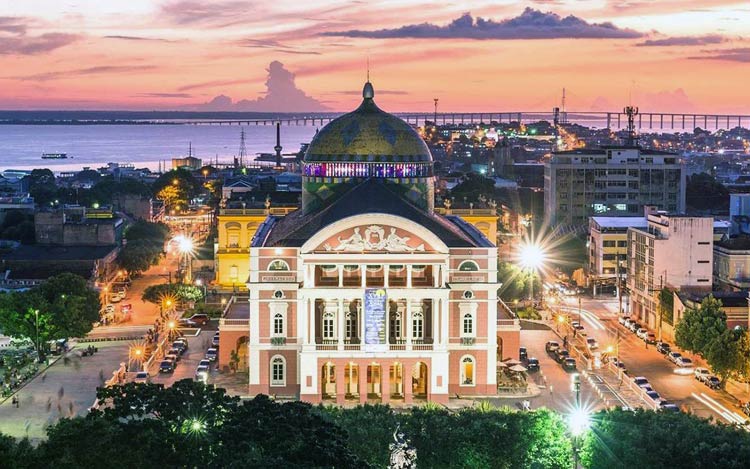
Discoveries in the 20th and 21st centuries
The 20th and 21st centuries have seen continued exploration and discovery in the Amazon River and its basin, with a focus on scientific research and conservation efforts.
Some notable discoveries and events that have taken place in the 20th and 21st centuries include:
The establishment of conservation areas
In the 20th century, many national parks and protected areas were established in the Amazon region to protect its biodiversity and indigenous communities. Some notable examples include the Manu National Park in Peru and the Yasuni National Park in Ecuador.
The discovery of new species
In the 20th and 21st centuries, many new species of plants and animals have been discovered in the Amazon region, revealing the incredible biodiversity of the area. Some notable examples include the pink river dolphin, the electric eel, and the giant otter.
The study of indigenous cultures
In the 20th and 21st centuries, anthropologists, ethnologists, and other scientists have studied the cultures and societies of the indigenous people of the Amazon, revealing the richness and complexity of their traditions and beliefs.
The study of the impact of development
In the 20th and 21st centuries, scientists have studied the impact of development, such as logging, mining, and oil extraction, on the Amazon region and its communities. This has led to increased awareness of the need to balance development with conservation efforts.
The study of Climate change
In recent years, scientists have studied the impacts of climate change on the Amazon rainforest, including changes in rainfall patterns, rising temperatures, and increased risk of wildfires.
The 20th and 21st centuries have seen continued exploration and discovery in the Amazon River and its basin, with a focus on scientific research and conservation efforts. This has led to a better understanding of the region’s biodiversity and indigenous cultures, as well as the challenges facing the region, such as the impact of development and climate change.
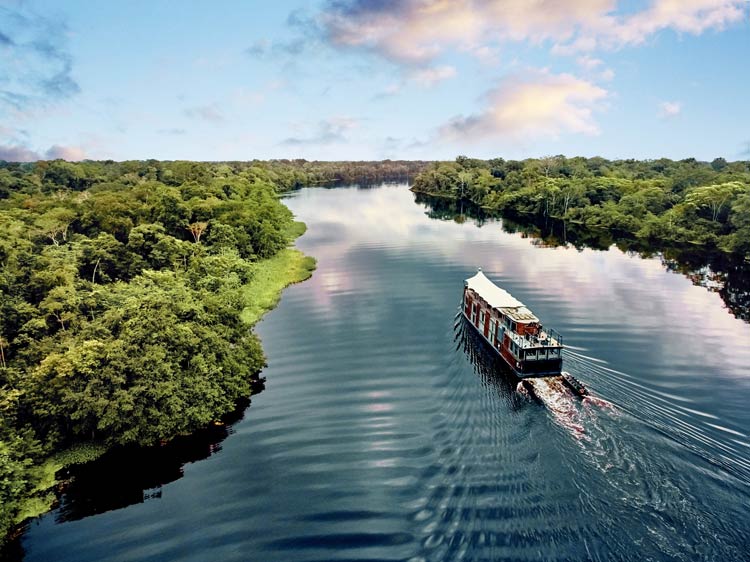
Q&A (questions and answers) about the history of the discovery of the world’s largest river – the Amazon River
Q: When was the Amazon River discovered?
A: The Amazon River was officially discovered by European explorers during the 16th century.
Q: Who is credited with the discovery of the Amazon River?
A: The Spanish conquistador Francisco de Orellana is generally credited with the discovery of the Amazon River in 1541.
Q: Did indigenous populations already know about the Amazon River before its discovery by Europeans?
A: Yes, indigenous populations living along the Amazon basin had long been aware of the river’s existence and had a deep understanding of its significance.
Q: How did Francisco de Orellana come across the Amazon River?
A: Orellana was originally part of an expedition led by Gonzalo Pizarro to find the mythical city of El Dorado. While navigating the Napo River in present-day Ecuador, their expedition became separated, and Orellana continued downstream, eventually reaching the vast Amazon River.
Q: Why was the river named the “Amazon”?
A: Francisco de Orellana named the river “Amazon” after encountering fierce female warriors resembling the legendary Amazons from Greek mythology. These warriors were members of an indigenous tribe he encountered during his journey.
Q: What impact did the discovery of the Amazon River have on European exploration and colonization?
A: The discovery of the Amazon River opened up new possibilities for European exploration and colonization in South America. It sparked interest in the region and led to subsequent expeditions to further explore and exploit the Amazon Basin.
Q: Did European explorers face challenges while navigating the Amazon River?
A: Yes, European explorers faced numerous challenges while navigating the Amazon River. They had to navigate treacherous currents, deal with hostile indigenous tribes, contend with diseases like malaria and yellow fever, and overcome the dense and difficult terrain of the rainforest.
Q: How did the discovery of the Amazon River impact trade and commerce?
A: The Amazon River played a crucial role in trade and commerce in South America. It provided a waterway for transportation, facilitating the movement of goods between different regions. Additionally, the river and its tributaries became important routes for the rubber trade during the late 19th and early 20th centuries.
Q: Has the Amazon River been extensively explored and mapped?
A: While significant exploration and mapping have been conducted on the Amazon River, large portions of the river and its tributaries remain relatively unexplored due to the vastness and challenging nature of the Amazon rainforest.
Q: Is the Amazon River still a subject of scientific study and exploration today?
A: Absolutely! The Amazon River and the surrounding rainforest continue to be a subject of scientific study and exploration. Researchers are constantly discovering new species, studying the river’s ecology, and working to understand its importance in the global climate system.
Q: What is the significance of the Amazon River today?
A: The Amazon River remains one of the most significant natural features on Earth. It is the largest river in the world by volume, with an enormous drainage basin that is home to a rich array of plant and animal species. The river and the Amazon rainforest it flows through also play a vital role in global climate regulation and serve as a major carbon sink.
